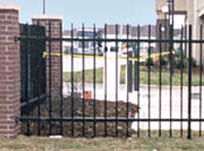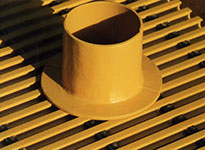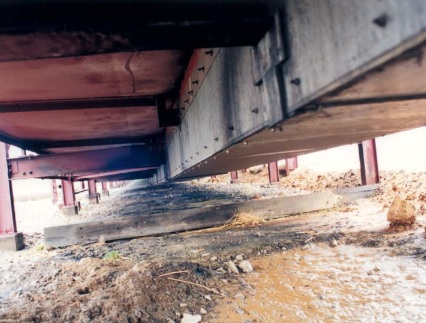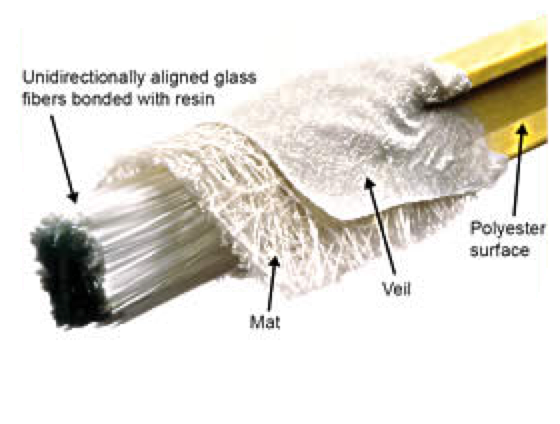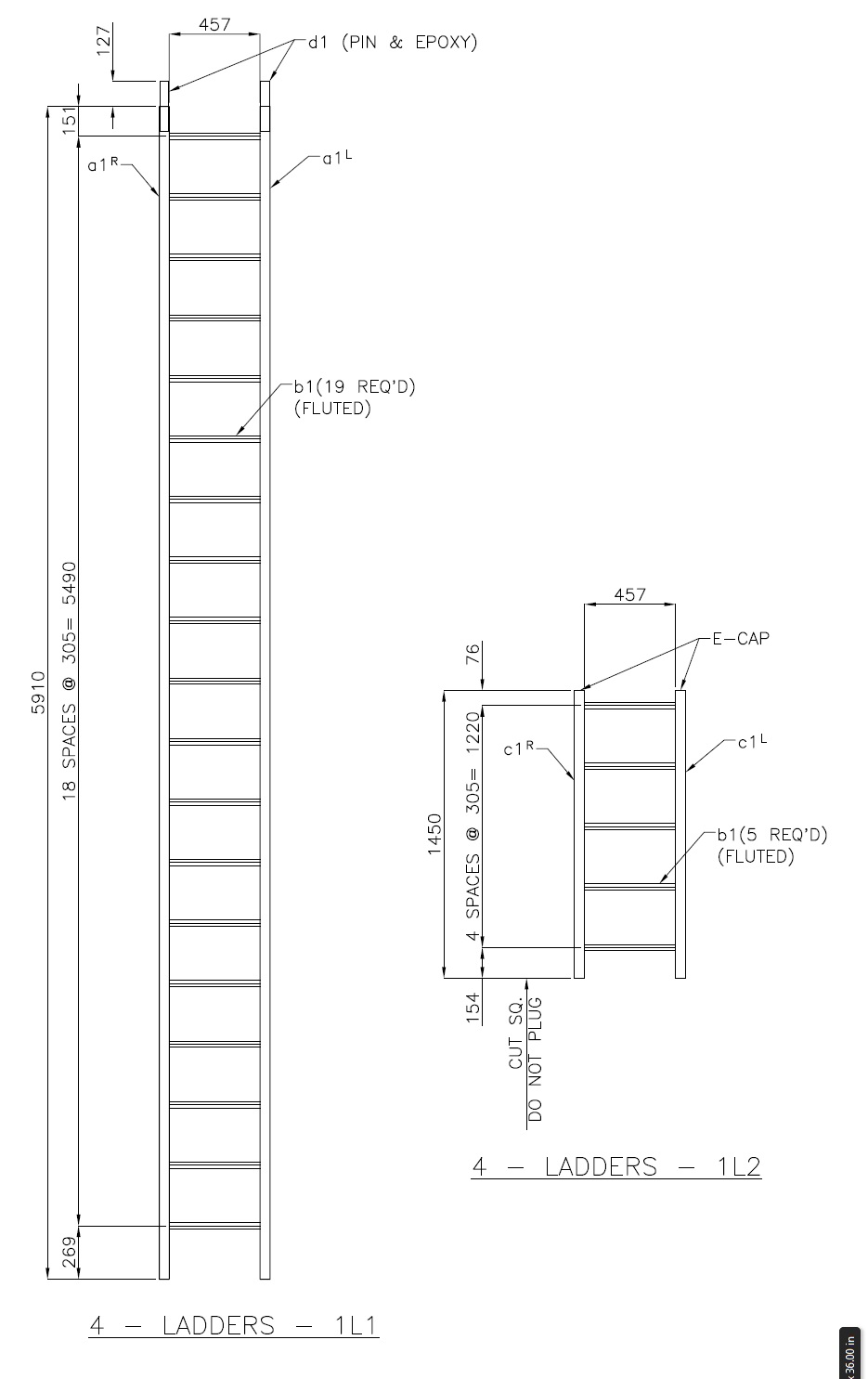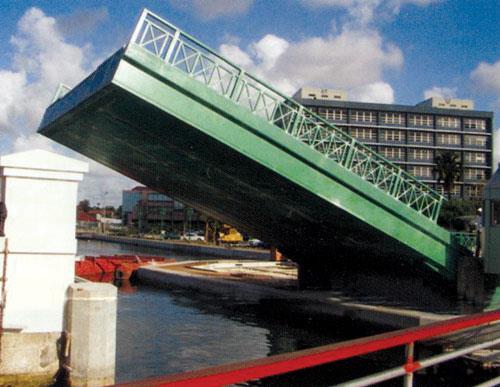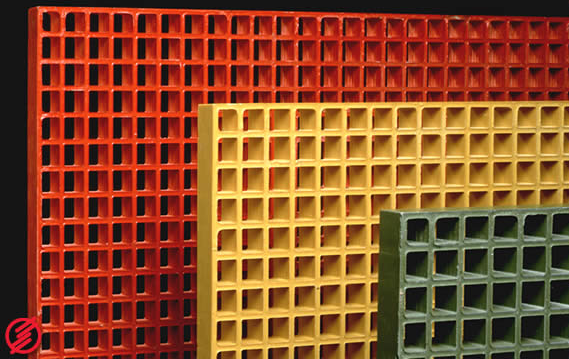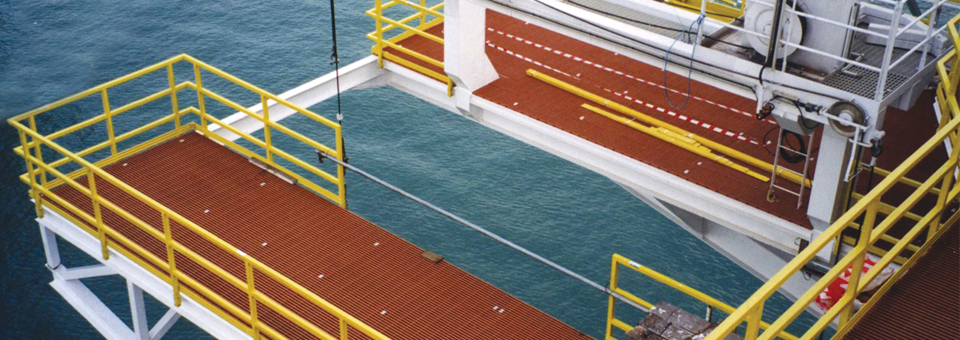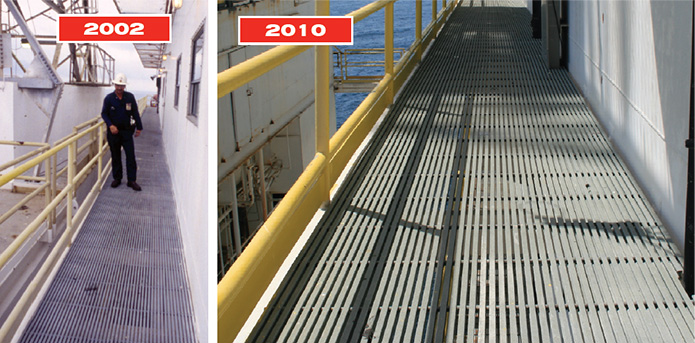What Defines “Value” – An Honest Comparison
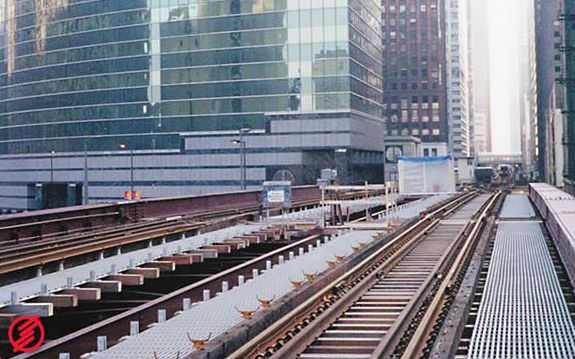
Fiberglass reinforced plastic (FRP) is always compared to wood or metals. It is unavoidable simply because those are the traditional materials FRP replaces in applications. But how does FRP really stand up to those traditional materials – what are the advantages, and disadvantages, of going with FRP? List form and nothing held back and we’ll even start with “the bad news”:
Disadvantages:
1.) Initial cost – no question FRP will be more expensive than comparable metal or wooden products. It’s an advanced composite, most of it is American manufactured, and there is no way around the upfront expense. If this is your sole concern, to find a cheaper product than wood or metal, than FRP is not for you.
2.) Availability – Many FRP products will have to be brought in from the supplier. This can result in leads times of at least a few weeks and high transportation costs if you only need a small amount of product.
3.) Fabrication – Fabricating the material requires diamond or carbide tipped blades and masks for the dust.
Advantages:
1.) Lower lifetime cost – Not even close: FRP will outlast wood or metal with virtually no maintenance long after the other two have rotted or rusted away. Lower labor costs, because of net zero maintenance or need to replace.
2.) Electromagnetic transparency – can be used where interference from metal affects an application
3.) Corrosion-Resistant
4.) No Rot, rust, or mold
5.) Does not conduct heat or electricity
6.) Very lightweight & easy to install
If you think FRP might be right for your application then contact us for a quick response.

